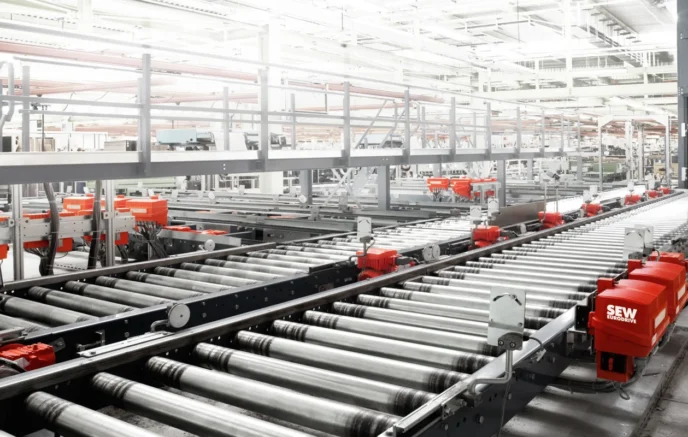Manual scheduling and lack of visibility on skills
LVMH Fragrance Brands, a key player in the cosmetics sector, operates two major production sites in France: Vervins and Beauvais. The latter, specialized in cosmetics, skincare and fragrances, employs 235 people, including up to 90 temporary workers every week. Prior to the integration of Mercateam, the Beauvais site faced several organizational challenges:
- Operators were assigned via multiple, unconnected Excel files and physical cards. This led to errors (double assignment, poorly respected rotations) and poor traceability of decisions.
- Machinists' qualifications were tracked using an Excel matrix, and there was no centralized management of operators' and supervisors' skills. This increased the risk of sub-optimization and breaks in versatility.
- Modification of the schedule in the event of unforeseen events (absences, line stoppages) was slow and not very ergonomic.
Why LVMH chose Mercateam to digitalize its processes
LVMH Fragrance Brands chose Mercateam to modernize its management tools and meet its organizational challenges.
This decision was based on several key criteria:
- Automate and centralize processes, bringing together planning and skills management on a single collaborative platform;
- Assignment reliability, thanks to parameterized constraints that minimize errors;
- Easy adoption of the tool, with rapid configuration (2 to 3 minutes per profile) and effective user training in just 30 minutes;
- And last but not least, the ability to easily consult scheduling histories, offering better operational continuity and guaranteeing regulatory compliance.
Mercateam centralizes skills management and simplifies job assignment
Optimizing assignment planning
- Before: Manual, error-prone and inflexible.
- After : The schedule is now automated and can be adjusted in just a few clicks. Assignment errors are indicated by visual alerts, and the schedule history can be consulted at any time. Result: no line stoppages due to unanticipated absences since the tool was integrated.
Improving skills management
- Previously: Partial, scattered skills tracking via several Excel files, revised annually.
- After : A versatility matrix for all employees (operators, machinists, animators) is centralized on Mercateam. Skills are now reviewed on a quarterly basis, and training needs or renewals of authorizations are anticipated.
Significant time savings
- The automation of repetitive tasks (creation of employee files, assignments) has resulted in annual savings equivalent to a quarter of a full-time equivalent (FTE).
- Weekly planning is simplified, reducing manual adjustments and facilitating continuity from one week to the next.
Reliability and compliance
- By centralizing data, LVMH Fragrance Brands is able to comply more easily with regulatory requirements and respond rapidly to audits thanks to a complete audit trail.
By integrating Mercateam, the Beauvais site has transformed its scheduling and skills management processes. This digital transition has not only improved operational efficiency, but also enhanced team reliability and flexibility.
Today, Mercateam plays a key role in the site's performance, with concrete benefits in terms of productivity, traceability and skills development.



